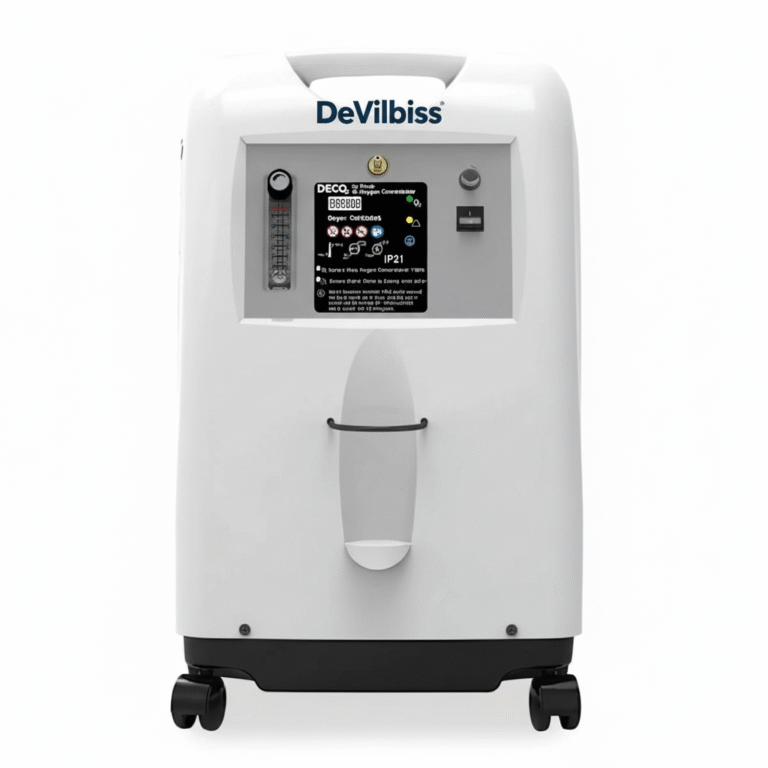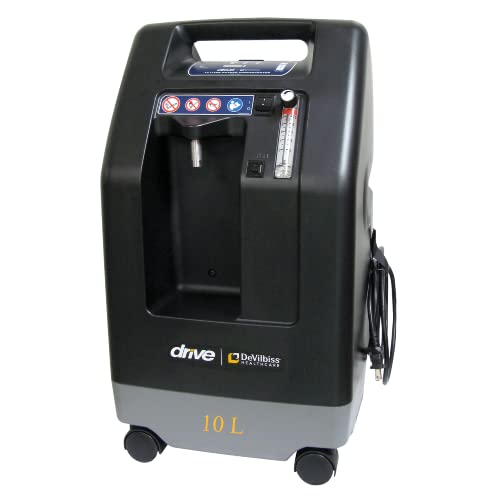Home Oxygen Therapy — A Complete Guide
For patients living with chronic respiratory conditions such as COPD, asthma, pulmonary fibrosis, or post-COVID recovery, home oxygen therapy can make all the difference. It ensures the body gets the oxygen it needs to improve energy, sleep quality, and overall well-being. But how do you choose the right equipment and use it safely? Here’s a complete guide.
Why Home Oxygen Therapy Matters
Oxygen is vital for every cell in the body. When lung function is compromised, patients may experience breathlessness, fatigue, or even organ strain. Doctors often prescribe home oxygen therapy to
Maintain proper oxygen saturation levels.
Reduce the risk of hospital readmissions.
Improve day-to-day comfort and independence.
Oxygen Concentrator vs Oxygen Cylinder — Which to Choose?
Oxygen Cylinders: Suitable for short-term or backup use, but they require constant refilling, are bulky, and pose storage challenges.
Oxygen Concentrators: The preferred choice for long-term therapy, as they generate oxygen directly from room air. With brands like DeVilbiss, patients get reliable, continuous oxygen without worrying about running out.
Safety Tips for Home Oxygen Therapy
- No smoking or open flames near oxygen equipment.
- Keep the concentrator well-ventilated and away from walls.
- Avoid using oily substances (like petroleum jelly) on face or nasal cannula area, as they can increase fire risk..
- Check tubing regularly for bends or blockages.
Final Thoughts
Home oxygen therapy is more than just medical equipment—it’s about restoring quality of life. By choosing the right device, following safety measures, and maintaining equipment properly, patients can breathe easier and live more comfortably.
Home oxygen therapy is more than just medical equipment—it’s about restoring quality of life. By choosing the right device, following safety measures, and maintaining equipment properly, patients can breathe easier and live more comfortably.



